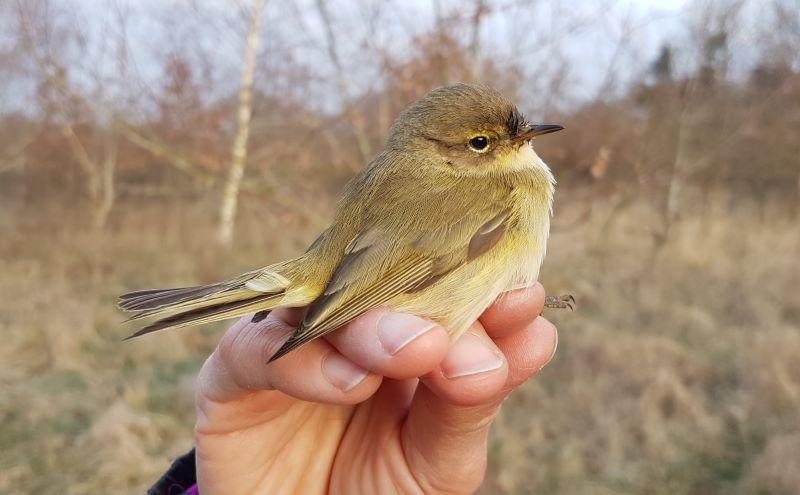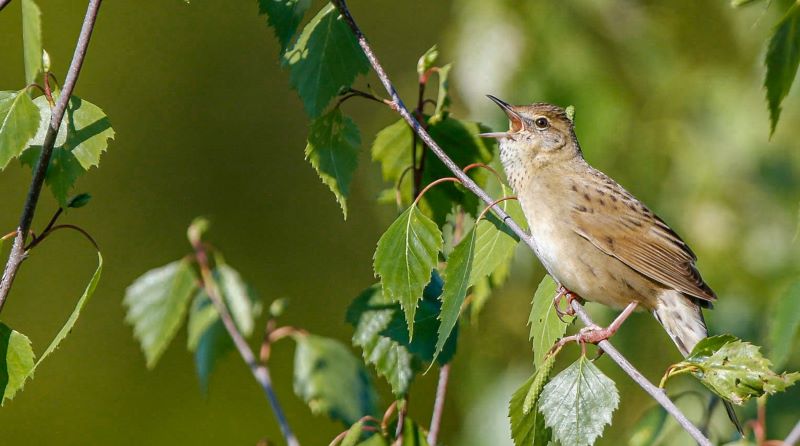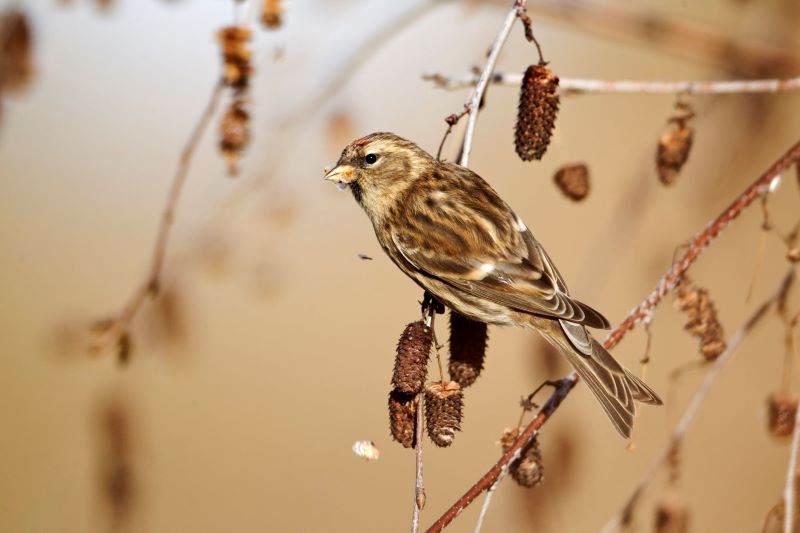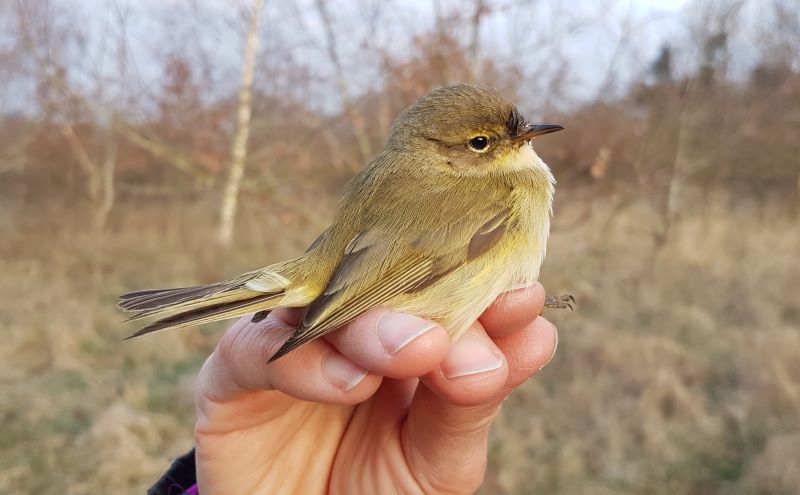
A Forest for birds
The Redditch Ringing Group had a great second year of bird ringing in the Heart of England Forest in 2020. Monitoring birds in this way enables us to build a picture of our birdlife, helping to shape how we create and manage our habitats for birds within the Forest.
Bird species of Conservation Concern in the Forest
In total, 2,582 bird were caught (and released!) in 2020, including 1,967 new birds ringed. 36 species were caught in total, including 7 Red List and 6 Amber List Species of Conservation Concern; Red and Amber List birds are those which have either declined in range across the UK, declined in numbers, or both.
The 36 species included some rarities. A common redpoll (sometimes called mealy redpoll) was caught near Spernal. Only a few hundred individuals of this species are thought to spend the winter in the UK. Three grasshopper warblers (named after their grasshopper-like song) were ringed, and two dozen marsh tits caught – a healthy number of a declining woodland bird. The most common bird was the blue tit with almost 1,000 caught in total.

Monitoring bird populations and their movements
There were also some birds which were either ringed elsewhere and recaught in the Forest, or ringed in the Forest and then recaught elsewhere. A lesser redpoll ringed in north Wales was recaught three weeks later in Spernal. A coal tit ringed in 2018 in Leicestershire was recaught almost two years to the day in Alne Wood.
Perhaps most impressive was a meadow pipit ringed in the Forest and recaught less than two weeks later at the mouth of The Solent. Some migratory warblers ringed in 2019 returned to the exact same location in Spernal in 2020.

The importance of bird ringing
Tony Kelly from the Redditch Ringing Group spends hundreds of hours volunteering each year ringing birds. “All ringers are gathering data and submitting records which are available for anyone to look back on and identify long-term trends.
Every ring we use has a unique ID and we take the same basic biometrics for each bird – species, age and sex, wing measurement and weight, fat, and muscle. This information goes into a database for the British Trust for Ornithology to collate and analyse.
Constant monitoring over time is important, as you build up knowledge of what species are where, and whether their numbers are increasing or decreasing. This is exactly what we are doing in the Heart of England Forest.
Without ringers and citizen science programmes, we would not be able to build this picture. People have been ringing now for 100 plus years, so this amount of data starts to tell you a lot. There is no bias, just data collection, which gives it integrity.”

Forest habitats for birds
Sadly, habitats for wildlife are becoming marginalised and we are seeing high declines in numbers of many of our common birds. Tony says: “A green landscape may look nice, but when it is grazed or farmed too much and has no hedgerows, then it is no good for wildlife.
In contrast, the Heart of England Forest habitats are fantastic, with swarths of grass and land that is not intensively farmed. You do not get this in many places in the UK, although I have seen it in Poland and Hungary.
As the quality of the habitat is so good in the Forest, then I am sure that there are other interesting species that we do not know about yet. As the Forest grows, then we will hopefully see increasing numbers of birds making their home here, including further species of conservation concern.”
How you can help UK birds
You do not need to be a bird ringer to play your part. There are a variety of apps available to help you identify bird species, and surveys you can take part in like the RSPB’s Big Garden Birdwatch each year. Another way you could help is to become a Friend of the Forest and support our work creating and maintaining habitats for birds.



